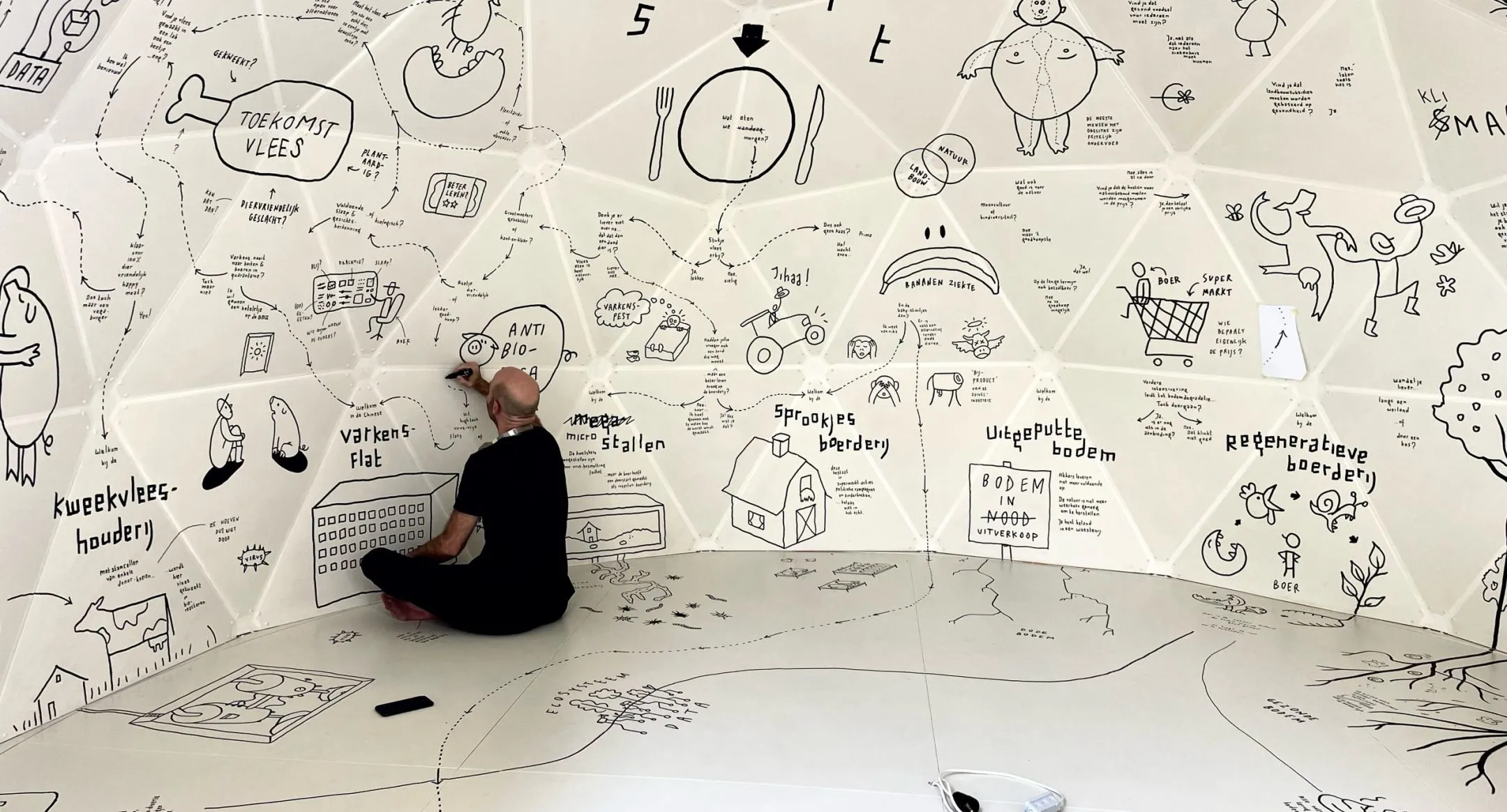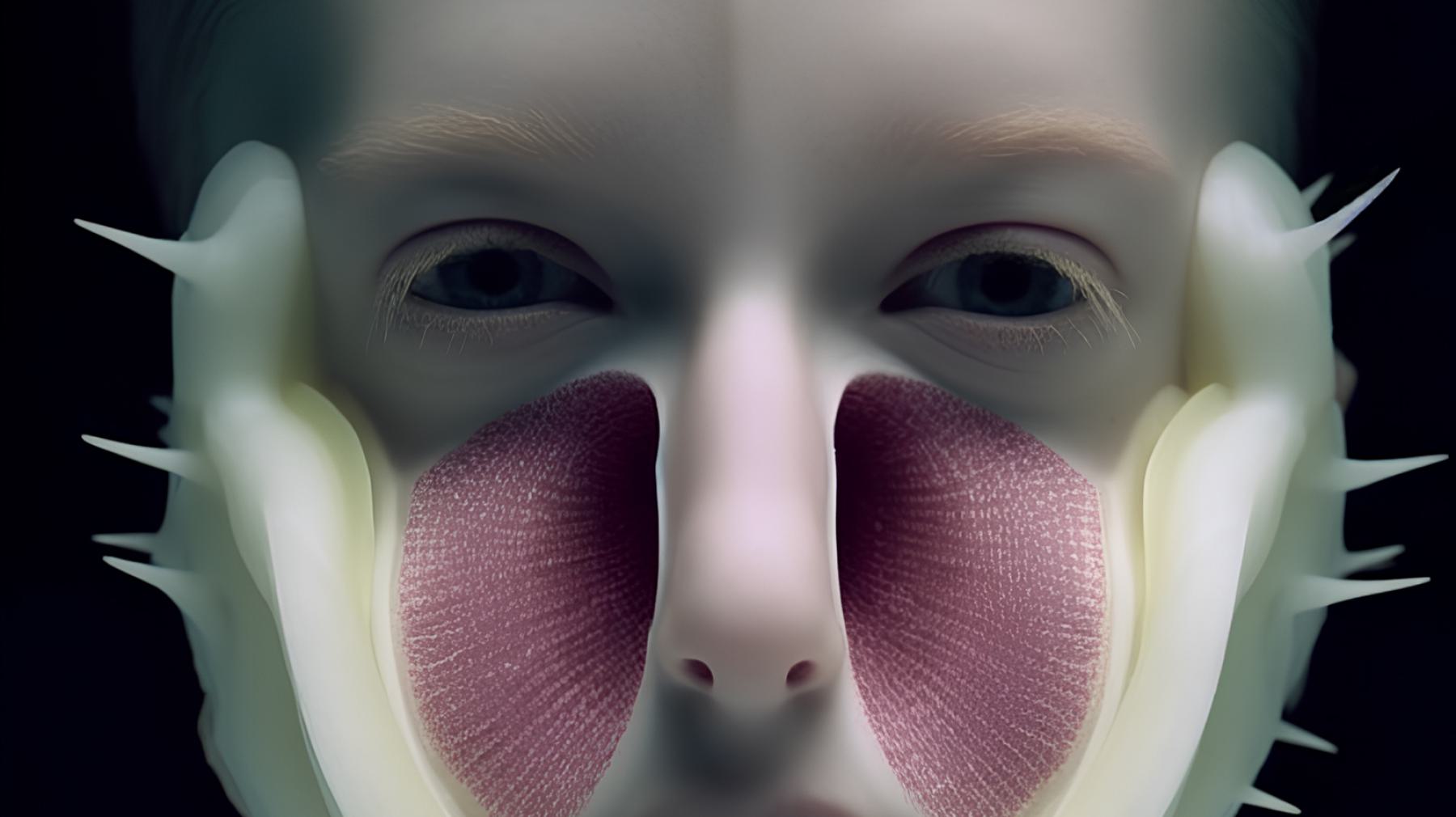Building the farm of tomorrow
Seven examples of how design will help us built the farm of tomorrow.
Picture the farmer of the future: is he still wearing overalls? And how does he power his farm? Agriculture is undergoing swift transformations, and design is playing a vital role in making these changes happen. Changes that are very welcome, as we will have to feed the growing population of the world while taking care of the planet too. Here's seven examples of how design is helping us accomplish this.








